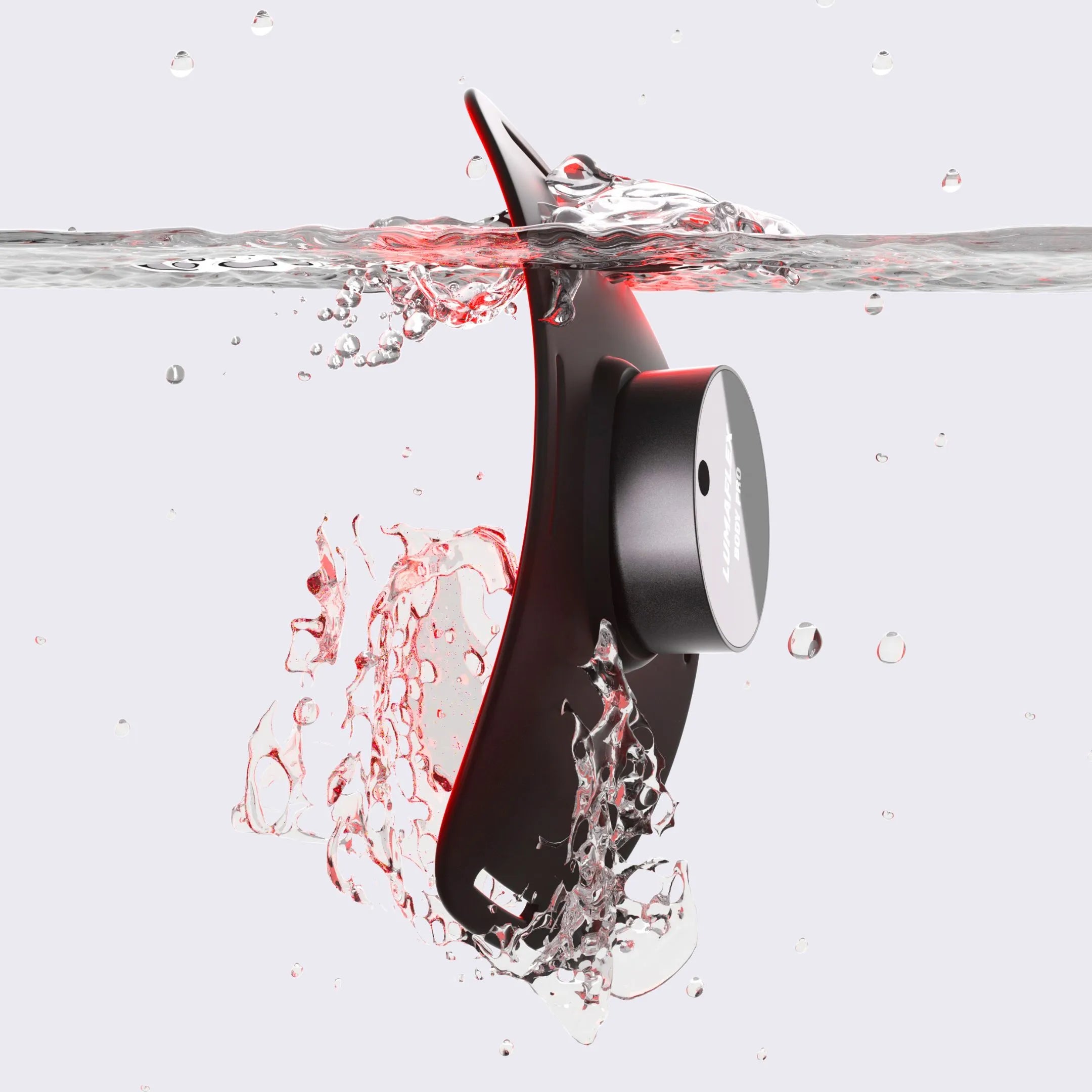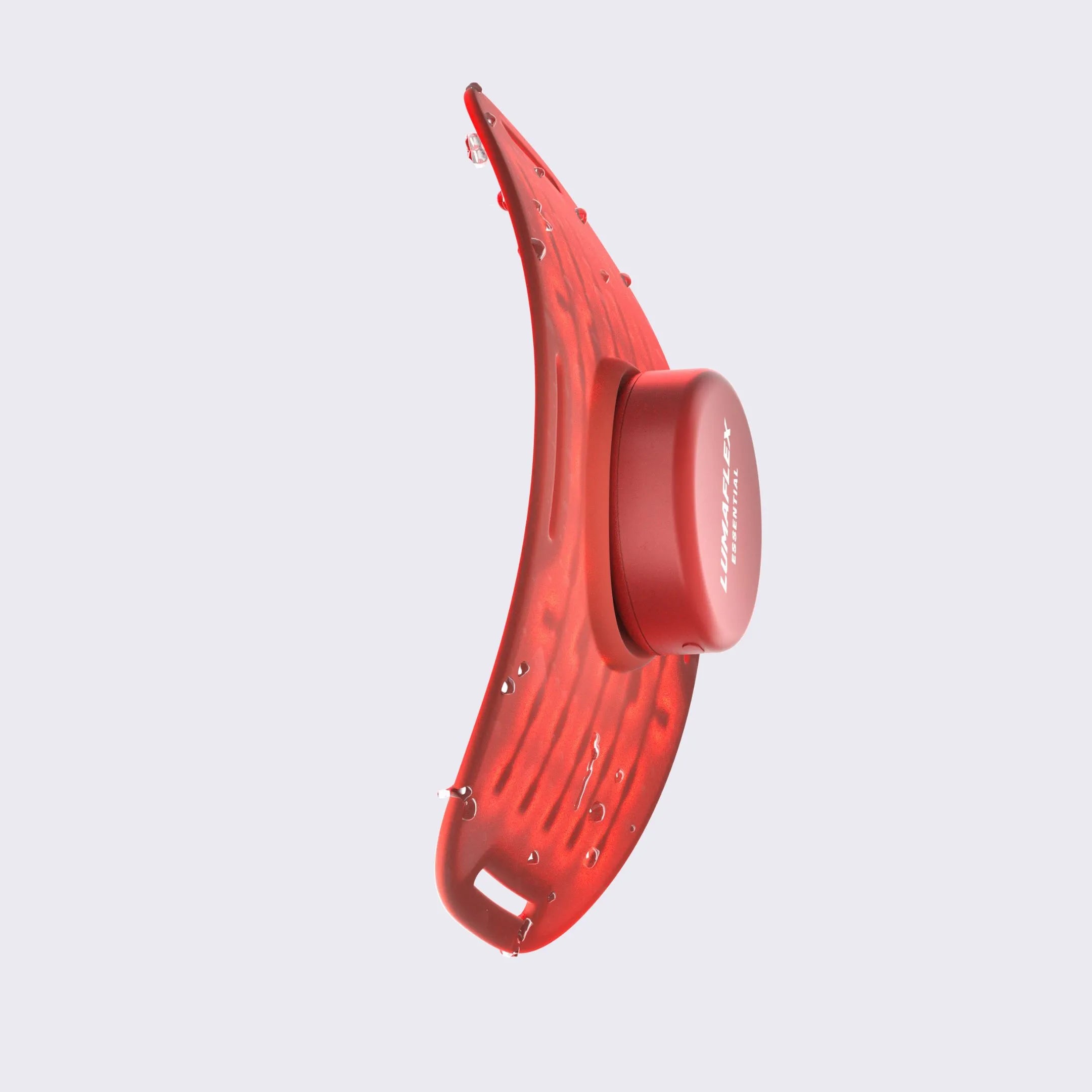Guide: How Often Should You Use Red Light Therapy?
How Often Should You Use Red Light Therapy? A Practical Schedule for Real Results
You’ve got your Lumaflex and now the question is, how often should you use red light therapy?
Whatever your aim is, be it the relief of pain, having faster recovery, acquiring glowing skin, or enhancing your sleep quality, the secret to everything is consistency. Red light therapy employs low-level red and near-infrared adjustable range light and near-infrared light that enhances the energy inside your cells while aiding in reducing inflammation. This therapy, with its very low red RSI, helps to mitigate inflammation and achieve results.
At Lumaflex, the primary scientific focus is on structured and intelligent daily habits. The rational expectation is that with therapy, cells will be trained to achieve better performance as their metabolic processes are conditioned to higher performance.
The therapeutic guide will provide the objectives for practical red light therapy for every goal which is enclosed. Here you will understand the recovery, skin, and pain relief, sleep with how often to incorporate Lumaflex into your routine.
Learn how a few minutes of light using Lumaflex daily can enhance your energy, skin, and recovery.

The Science of Frequency: Why Consistency Matters
People often enquire about how frequently one should undergo red light therapy sessions. The answer is quite simple: with consistency comes results.
Red light therapy harnesses gentle red and near-infrared light which penetrates deeply into your tissues. These light waves stimulate your mitochondria. ATP is produced, and with more of it, your body will be able to repair your tissues, reduce inflammation, and recover more rapidly.
The benefits of red light therapy accumulate over time and with each session, you receive a light dose that your body is able to absorb, making therapy more effective. The results of red light therapy will be more pronounced and long lasting with consistency.
Red light therapy is training your body to respond better to light over time. The more sessions you maintain, the more active and responsive your cells will be.
For a more in-depth understanding of the types of therapy, timing, and other session parameters, check out the Lumaflex academy. They will provide you with lessons that help you establish a red light therapy regimen that is balanced and effective.
General Guidelines: How Often to Use Red Light Therapy
One of the most frequent questions is, “How often should red light therapy be done?” While the common recommendation is 3 to 5 times a week with each session lasting 10 to 15 minutes, most users begin seeing noticeable effects in 6 to 8 weeks after continuous application.
There are a few important elements that determine the most effective red light therapy schedule.
- Target area size: Larger areas such as the back or legs may need slightly longer sessions.
- Light intensity: A stronger device delivers higher energy in a shorter time.
- Your goal: Skin rejuvenation, pain relief, recovery, or general wellness all have different frequency needs.
- Device type: A Lumaflex Body Pro provides higher output for faster results, while the Lumaflex Essential or Essential Pro offers precise treatment for smaller areas.
When increasing the frequency to daily red light therapy, it is better to begin with shorter session intervals three times a week, then increase intensity as your skin and muscles adapt.
Steady and prolonged exposure is the way to achieve results. Think of red light therapy as a way of training your cells. A consistent routine delivers improved and lasting benefits.
Practical Schedules by Goal
Everyone’s goals are different, so the ideal red light therapy schedule should match what you want to achieve. Below are easy, science-backed routines that help you make the most of your Lumaflex device.
A. For Muscle Recovery and Performance
Frequency: 4 to 6 times per week
Duration: 10 to 15 minutes per muscle group
Best Time: Immediately after your workout or within 30 minutes
Why it works: Regular red light therapy for recovery helps boost ATP (cellular energy), reduce muscle soreness, and speed up tissue repair. It supports better endurance and faster rebound between workouts.
Example routine:
- Monday to Saturday: 10 minutes on your quads, back, or shoulders after exercise
- Sunday: Rest or light 10-minute recovery session before bed
Product tip: The Lumaflex Body Pro provides broad coverage, perfect for larger muscle areas.
Trusted by athletes and trainers alike. Try Lumaflex to recover faster and perform at your best.
B. For Pain Relief or Inflammation
Frequency: Daily, especially during flare-ups
Duration: 10 to 20 minutes per affected area
Why it works: Steady use of red light therapy helps calm inflammation, ease joint stiffness, and support nerve recovery. The benefits increase with consistent sessions.
Example routine:
- Morning: 10 minutes on the lower back or shoulders
- Evening: 10 minutes on elbows or knees before sleep
Product tip: Use the Lumaflex Body Pro for flexible coverage that conforms to painful areas.
Target pain naturally with just 10 minutes a day. See how Lumaflex helps reduce discomfort over time.
C. For Skin Health and Anti-Aging
Frequency: 3 to 4 times per week
Duration: 10 minutes per session
Why it works: Wavelengths between 630 and 660 nanometers stimulate collagen, improve elasticity, and brighten the complexion. Regular sessions reduce fine lines and support clear, even-toned skin.
Example routine:
Use your Lumaflex Essential while applying your evening skincare products or relaxing before bed.
Product tip: The Lumaflex Essential focuses light evenly across delicate areas like the cheeks, jawline, and forehead.
Rejuvenate your skin at home. Achieve smoother, firmer results with the Lumaflex Essential.
D. For Sleep, Mood, and Energy
Frequency: Daily
Duration: 10 minutes per session
Best Time: Morning for energy, evening for relaxation
Why it works: Daily red light therapy helps regulate your circadian rhythm and balance melatonin, which can improve both sleep quality and energy during the day.
Evening ritual:
Use Lumaflex about one hour before bed while stretching or meditating to help your body unwind.
Boost your sleep and daily energy with Lumaflex, a simple routine that supports balance and rest.
E. For General Wellness Maintenance
Frequency: 3 times per week
Duration: 10 to 15 minutes
Why it works: Consistent use keeps your cells active, reduces oxidative stress, and supports whole-body wellness.
Example routine:
Use Lumaflex on recovery days while reading, journaling, or practicing light yoga.
Support your long-term wellness naturally. Integrate Lumaflex into your weekly routine for lasting cellular health.
How Long Until You See Results?
The results of red light therapy are cumulative. With each therapy session, energy is delivered to your cells. Gradually, this energy delivery leads to meaningful, lasting change. The primary factor is consistency and giving your body adequate time to respond.
The following is a simple timeline describing the typical results for most individuals who adhere to a consistent red light therapy schedule.
| Goal | Typical Results Timeline |
| Muscle recovery | 1 to 2 weeks |
| Pain relief | 2 to 3 weeks |
| Skin improvement | 4 to 6 weeks |
| Sleep and energy | 1 to 2 weeks |
| General wellness | 4 weeks and beyond |
People begin to notice slight improvements like diminished stiffness and increased morning energy after only a few sessions. Depending on how consistent the sessions are, visible skin and performance improvements may take a few weeks.
Rapid improvements are common with daily users because the benefits from the sessions build upon one another. With increased consistency, the results become more potent and enduring.
Variation in response due to differences in skin type, health, and device intensity are common, and to achieve optimal results, progress should be assessed, and frequency adjusted, every 4 to 6 weeks.
Consistency is key, and tracking progress is encouraged. With safe and regular use, measurable improvements should be expected from Lumaflex.
Common Mistakes to Avoid
Sometimes even the best red light therapy schedule will not provide the desired results if the therapy itself is done incorrectly. Here are the mistakes I see the most and how to avoid them.
1. Overdoing It
Longer or more frequent therapy sessions will not bring faster results. Cells need to recover from the previous session and process the energy they have absorbed. Sessions should be limited to no more than two times per day and each session per area should not exceed 10 to 15 minutes.
2. Inconsistent Use
This is one of the largest obstacles to progress. The benefits from daily sessions are cumulative and deriving benefits from therapy irregularly is not effective. It is the consistency of the therapy that is far more valuable than the intensity.
3. Wrong Distance from Skin
While using Lumaflex device, maintain a distance of between 6 to 12 inches from your skin. If the device is placed too far, the emitted light weakens; if placed too close, the area being treated becomes uneven. Keeping a consistent distance allows for optimal light absorption without compromising safety.
4. Poor Timing
Fatigue and recovery of treated cells occurs when multiple treatments are performed consecutively on the same area. Make sure to wait several hours before redoing a session on that same spot.
5. Ignoring Device Power Differences
Every Lumaflex device has varying power outputs. Take the Lumaflex Body Pro, for instance; it is able to cover large areas of the body quickly, while the Lumaflex Essential Pro are more suited for concentrating on small areas of the body. Plan your session duration according to the power level of your device.
Academy Insight: Lumaflex Academy teaches on light dosage, choice of wavelengths, and rest cycle duration to ensure the most safety while achieving the desired results. These teachings are essential to reduce the likelihood of overuse.
Safely and efficiently master your red light therapy routine. Visit Lumaflex Academy and learn expert techniques to achieve the best possible results.
How to Track Your Progress
Monitoring your results is useful in determining how frequently to do red light therapy for your goals and helps track your consistency. Your milestones are in place to fine-tune your schedule to maximize red light therapy benefits.
1. Keep a Simple Weekly Log
After each session, record how your body feels, whether there was relief/discomfort, recovery in your muscles, changes in your complexion, or variations in your energy. Over prolonged periods, the value in assessing the consistency records becomes apparent and helps determine the effectiveness of red light therapy.
2. Take Red Light Therapy Before and After Photos
If you are focused on red light therapy for recovery or skin health, the best means to track your improvement is by taking weekly photos. Photos can be useful in tracking improvement when taken in the same lighting and angle as the weekly photos. Subtle changes in texture and brightness are more discernible in the photos than in the mirror.
3. Track Performance and Comfort
Athletes and other active users notice and report speed of recovery and soreness following each session. Stiffness and inflammation of aching tissues defining other condition(s) under pain relief should be assessed and tracked after certain durations of days or weeks. This clarifies the frequency of using red light therapy for the condition in question.
4. Adjust Frequency Every 4–6 Weeks
Assess your red light routine on the 4-6 week cycle. For most people, the routine will be adequate. For those unresponsive to the routine, consider increasing the frequency. If the progress is sustained, consider decreasing to your maintenance routine. The routine should be more rigid for those on the routine for the longest period.
Track the difference and the progress it brings using Lumaflex free RLT tracking template.
Integrate RLT Into Your Daily Routine
It’s simpler than most people assume. After learning the appropriate frequency for therapy sessions, the only remaining challenge is turning RLT into a daily habit. Consistent use is beneficial for the body to adapt to the therapy and facilitates the sustained benefits over the long term.
1. Pair It with Activities You Already Do
You can use your Lumaflex device for other activities, like stretching, meditation, or even reading. Many people tend to keep their devices close to their yoga mat or their desks so they can do their other activities and RLT at the same time with a quick 10-minute therapy session.
2. Make It a Morning or Evening Ritual
Morning sessions can improve circulation and energy for the day, and therapeutic sessions at night can calm the body for better sleep. Pick the time that is more convenient and natural for you, and maintain the frequency for best results
3. Set a Reminder or Timer
It’s easy to forget a session on busy days. Set an alarm or use a habit-tracking app to remind you. Most people find that scheduling 10 to 15 minutes, 3 to 5 times a week, keeps them consistent without feeling overwhelmed.
4. Keep Lumaflex Within Reach
The Lumaflex Body Pro, Essential, and Essential Pro are designed for everyday use. They are portable, wireless, and waterproof, making them easy to integrate anywhere — from your living room to your gym bag.
Key Message: Treat red light therapy like brushing your teeth or drinking water. Small, steady habits make the biggest difference over time.
Start your consistent routine today with Lumaflex, designed for real life, built for results.
Lumaflex Smart Routine: Designed for Real Life
When you know how often you should use red light therapy, it becomes clear that convenience is key. This is the rationale behind the creation of Lumaflex. It integrates seamlessly into your routine while providing professional quality therapy.

Smart Design for Everyday Use
These devices are intended to be flexible, portable, and even able to withstand water exposure so that wherever and whenever you need therapeutic light, you can get it, and however you spend your day, Lumaflex integrates with it, be it post-exercise recovery, bedtime relaxation, or control of pain and stiffness in your joints.
Effortless Consistency
Typically, red light therapy devices are clunky, inconvenient, and hard to use. Lumaflex devices are lightweight and designed to wrap comfortably around your body. This makes it easy to follow your red light therapy schedule without interrupting your day. You can recover, recharge, and rejuvenate while reading, stretching, or watching TV.
Built on Science and Education
Each Lumaflex device is built on research-backed photobiomodulation technology. Wavelengths are chosen for their specific benefits to energy, recovery, and regeneration. For advanced study on therapeutic wavelength interaction and proper dosing, Lumaflex Academy offers courses.
Stay consistent with the therapy that fits your life. Choose Lumaflex for flexible design, easy use, and lasting results.
Start Healing with Light Today
Consistency will always be the key to having a successful red light therapy routine. Once you know how often you will be using red light therapy, the rest is pretty easy. Using red light therapy for a few minutes several times a week will help you recover, move, and feel more energize.
The benefits of using red and near-infrared light on skin has been documented. It improves blood circulation, reduces inflammation, assists your skin and muscle tissue to repair, and activates the processes your cells use to repair themselves. And, how you feel and move will improve. With the right scheduling of therapy sessions, the benefits will be almost accumulative.
With the Lumaflex, you can easily stay on schedule for your therapy session. With their flexible, and wearable design, and FDA clearance for therapy devices, they become part of your everyday routine. Pain management, recovery, and supplementation of general wellness are all achievable goals using Lumaflex.
Real recovery begins with consistency, and Lumaflex makes that easy. Light therapy is powerful, and you can experience that for yourself. Try lumaflex for 30 days, and if not, you can learn about the academy and the science of light therapy.
Frequently Asked Questions about Red Light Therapy Frequency
How often should you use red light therapy?
Most users benefit from about 3-5 sessions per week. Each treatment should last around 10-15 minutes per area. After consistent use for around 6-8 weeks, you may reassess frequency.
Can you do red light therapy every day?
Yes — in certain situations such as acute pain or intense recovery, daily use may be appropriate early on. For general wellness or skin health, starting with 3-5 times per week is more sustainable.
How long should each red light therapy session last?
A good guideline is 10-15 minutes per targeted area. Some devices or larger treatment areas may require up to 20 minutes.
How many times per week should I do red light therapy for skin?
For skin health and anti-aging use, 3-4 sessions per week is a strong starting point. After visible improvements, reduce to a maintenance schedule of 2-3 times per week.
How long until you see results from red light therapy?
Expect subtle changes in 1-2 weeks for recovery or energy; 2-3 weeks for pain; 4-6 weeks for skin improvement; and 4 weeks or more for general wellness.































